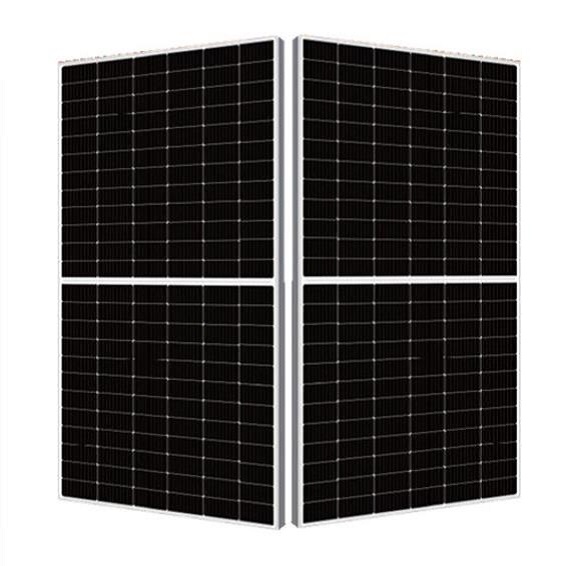The so-called mobile communication is the communication between mobile bodies, or the communication between mobile bodies and fixed bodies. The moving body may be a person, or it may be a moving object such as a car, train, ship, radio, etc. Compared with the communication between fixed objects, mobile communication has a series of characteristics, mainly: (1) Mobility. It is to maintain the communication of the object in the moving state, so it must be wireless communication, or a combination of wireless communication and wired communication. (2) The conditions of radio wave propagation are complex. Because the moving body may move in various environments, electromagnetic waves will generate reflections, refractions, diffraction, Doppler effects and other phenomena during propagation, causing effects such as multipath interference, signal propagation delay and broadening. (3) Serious noise and interference. In the urban environment, car spark noise, various industrial noise, intermodulation interference, adjacent channel interference, co-frequency interference, etc. between mobile users. (4) The system and network structure are complex. It is a multi-user communication system and network, which must make users not interfere with each other and can work in harmony. In addition, the mobile communication system should also be interconnected with the local telephone network, satellite communication network, data network, etc. The entire network structure is very complicated. (5) High frequency band utilization rate and good equipment performance are required. There are many types of mobile communications. It can be divided into (1) trunking mobile communication according to different requirements and working situations, also called large-area mobile communication. It is characterized by only one base station, the antenna height is tens of meters to more than 100 meters, the coverage radius is 30 ~ km, and the transmitter power can be as high as 200W. The number of users is about tens to hundreds, and it can be a car-mounted station or a handheld station. They can communicate with the base station, can also communicate with other mobile stations and local telephone users through the base station, and the base station is connected with the city station wired network. (2) Cellular mobile communication, also called cell-based mobile communication. It is characterized by dividing the entire large-scale service area into many cells. Each cell is provided with a base station, which is responsible for the communication and control of the mobile stations in the cell. Each base station communicates with each other through the mobile switching center and is connected to the local office. Taking advantage of the limited propagation distance of ultrashort waves, cells away from a certain distance can reuse frequencies, so that frequency resources can be fully utilized. The number of users in each cell is more than 1,000, and the final capacity of the entire coverage area can reach 1 million users. (3) Satellite mobile communication. The use of satellite relay signals can also achieve mobile communications. For vehicular mobile communications, equatorial fixed satellites can be used, while for handheld terminals, the use of multiple constellation satellites in low orbit is more advantageous. (4) Cordless telephone. For the communication of hand-held terminals that move slowly indoors and outdoors, a low-power, lightweight, cordless telephone with a short communication distance is used. They can communicate one-way or two-way with local users via communication points. A large number of existing mobile communications all use analog identification signals, which are called analog mobile communications. However, in order to solve the increase in capacity, improve communication quality and increase service functions, digital identification signals, digital mobile communications, have been applied. In the system, there are two types of time division multiple access (TDMA) and code division multiple access (CDMA). The former has the GSM system (Global System for Mobile Communications) in Europe, the dual-mode standard IS-54 in North America and the JDC standard in Japan. For code division multiple access, there is the IS-95 standard system developed by the American Qualcomnn company. The general trend is that digital mobile communications will replace analog mobile communications. The CDMA system will be more dominant. And mobile communication will develop towards personal communication. In the 21st century, it has become an important part of the global information superhighway. Mobile communications will have a more brilliant future.
We are a factory who professional for Mono Solar Cells,Solar Cells Materials Used,Monocrystalline Solar Cell,Mono Crystalline Solar Cell. Most of our modules are customized as the clients requests. We have 400W to 550W half cells solar panel. Sure. custom is ok. Welcome to your inquiry and tell me your requests. Let's talk the details.
Mono Solar Cells,Solar Cells Materials Used,Monocrystalline Solar Cell,Mono Crystalline Solar Cell Jiangxi Huayang New Energy Co.,Ltd , https://www.huayangenergy.com